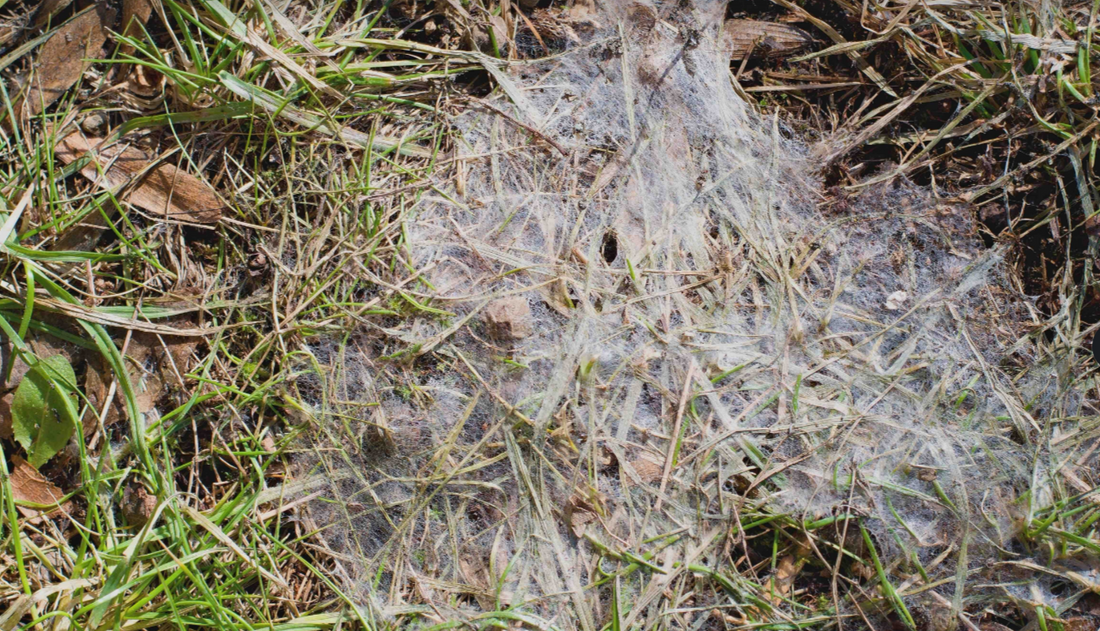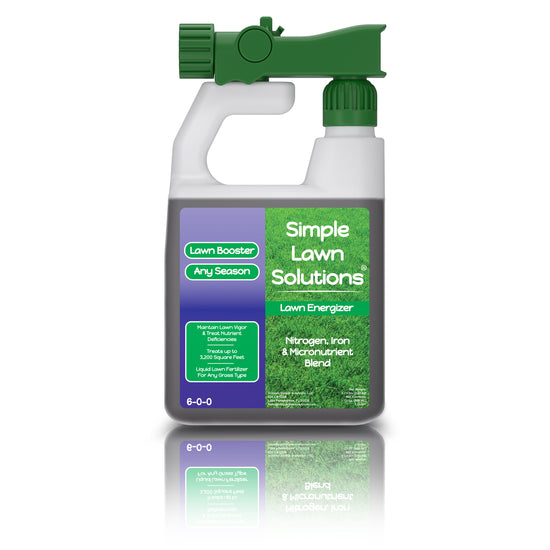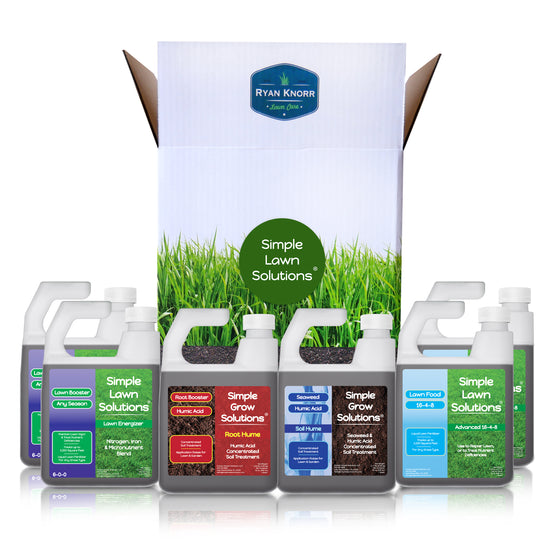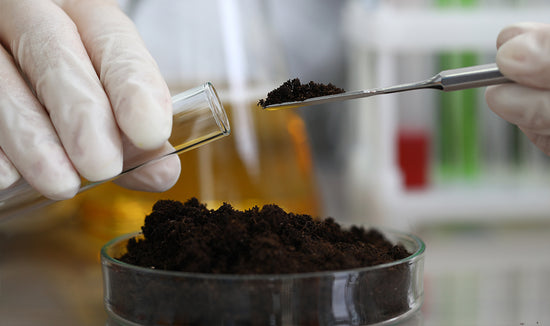Snow mold is a type of fungal disease that affects turfgrass during the winter months. It can present in either pink or gray color, with different species causing each type. Pink snow mold, also known as Microdochium nivale or Fusarium patch, is caused by the fungus Microdochium nivale. Gray snow mold, on the other hand, is caused by two species of fungi—Typhula incarnata and Typhula ishikariensis. Both types can cause damage to grass areas if left untreated.
Symptoms of pink and gray snow molds differ somewhat depending on the type of fungus present. Symptoms associated with pink snow mold usually appear during periods of extended wet, cool weather(30-45°F) during late-fall, winter, and early springtime, when active growth resumes. Patches may range from small circles to large irregularly shaped lesions with distinct salmon colored mycelium (fungal webbing) on their surfaces upon close inspection. These patches often have a sunken appearance compared to surrounding healthy turfgrass stands. Gray snow mold may appear as small circular patches with a tan-greyish coloration along their edges as well as visible white clumps beneath them when disturbed (indicating active fungal growth). Close inspection also reveals small black specks throughout these patches that represent sclerotia structures containing resistant fungal spores capable of surviving harsh winter conditions until ideal conditions return for infection spread again in springtime months.
Fungicides may be used to treat existing cases of snow mold; however care must be taken when applying them as incorrect use can be harmful. It’s important to remember that prevention is always better than cure when it comes to snow molds – taking preventive measures will go a long way towards keeping your lawn healthy all year round! Taking steps like avoiding excessive fertilization late in season, ensuring proper air circulation between turfgrass areas (by mowing regularly), removing fallen leaves and debris promptly, applying fungicides only when necessary - these small tasks go a long way towards limiting cases of both pink and gray snow molds!
If everything fails and snow mold still comes knocking on your door, the damage is typically only cosmetic and the grass will grow out of with as the weather warms. To help your grass recover in the late spring and early summer, SLS fertilizers will go a long way toward boosting your lawn’s growth to help it recover from the damage of snow mold.









